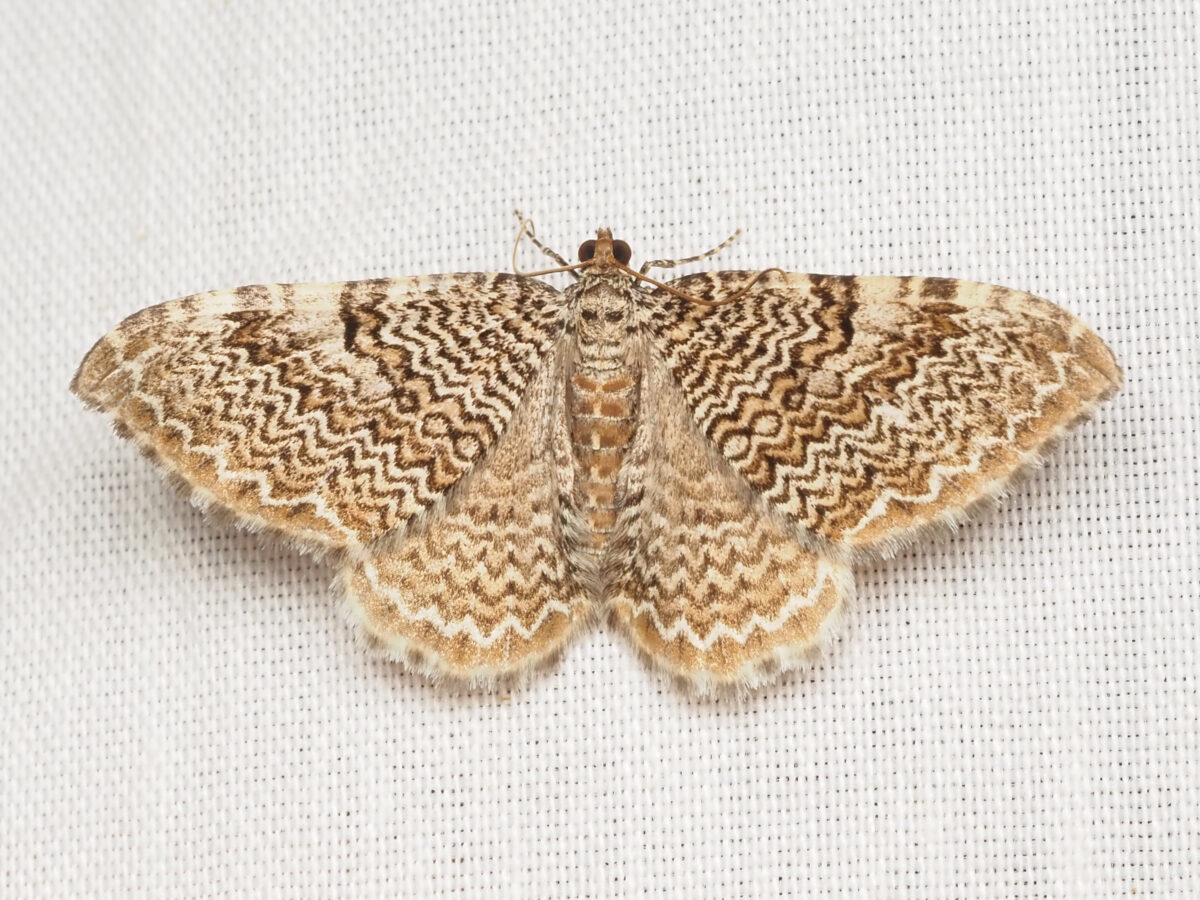U.S. Fish & Wildlife Director celebrates Springville fish passage project protecting rare fish
Reading time: 3 minutes

This week, U.S. Fish and Wildlife Service (USFWS) Director Martha Williams visited Springville, AL to celebrate a successful fish passage project. While in Springville, she announced that the USFWS will be funding new projects to support fish movement around dams, culverts, levees and other barriers fragmenting waterways across the country.
More than $70 million for 43 different projects in 29 states, including a dam removal project in Elba, Alabama will be funded in 2024 by the Bipartisan Infrastructure Law.
Partnerships saving the trispot darter
Williams praised Springville Mayor Dave Thomas and a coalition of local and regional river and stream conservation groups for their work on the Trispot Darter Culverts Replacement project.
She toured the newly replaced road crossing at the Springville Sports Complex that is designed to improve the habitat for the threatened trispot darter. Williams was joined by the mayor, local officials, conservationists and U.S. Fish and Wildlife Service staff.
“I want to thank you for your work in these trispot darter culvert replacement projects, which are improving aquatic wildlife movement for these imperiled species. I’m thrilled to be visiting today, to celebrate a truly incredible collaborative fish project that has been happening not only here in Alabama, but also around the nation.”
Martha Williams, Director, U.S. Fish and Wildlife Service
Local groups that worked on the Springville project include:
- CAWACO RC&D Council
- City of Springville
- Alabama Rivers and Streams Network
- The Nature Conservancy in Alabama
Why it matters – 200 freshwater fishes near Springville
At the news conference in front of the new road crossing at the Sports Complex, Pat O’Neil, former deputy director of Alabama Geological Survey, described why saving small fish matters, especially here in Alabama.
“Within a 50-mile radius of where we are standing today you can find well over 200 species of freshwater fishes. Just considering the larger aquatic species such as fishes, bivalve mollusks, snails, and crayfishes, Alabama has 23% more aquatic species than Tennessee, 36% more than Georgia, and 46% more than Mississippi. So let me welcome you to Alabama, the hub of America’s native aquatic wildlife!”
Pat O’Neil, former deputy director of Alabama Geological Survey
In addition to the Springville project that has been completed, USFWS is funding a project for 2024 in Elba, Alabama. According to USFWS the nearly $2 million project will remove the inoperable Elba Hydroelectric Dam which is a hazard to people, fish and wildlife, including Endangered Species Act-listed fish and mussels in Coffee County, Alabama.
Invest in nature

“When you invest in nature, when you give it a chance, it has this remarkable ability to come back. We need to give it a chance and that’s what this funding is allowing us to do.”
Martha Williams, Director, U.S. Fish and Wildlife Service
Did you know Alabama is the “hub” for freshwater biodiversity in the U.S.? Tell us what you think of these important fish passage projects by tagging us on Instagram at @bhamnow



